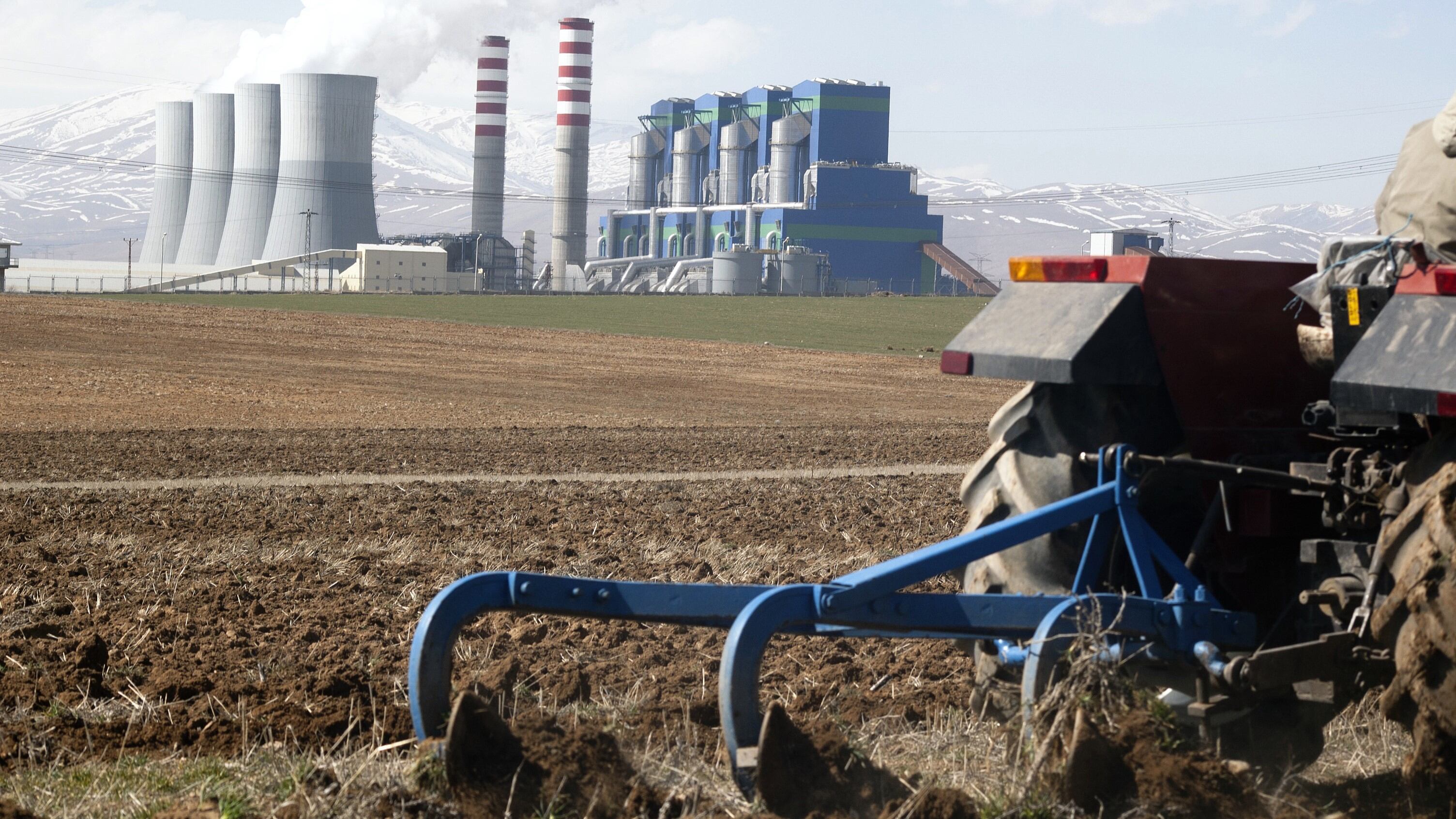Finding the amount that is “just right,” however, is a complicated and ever-evolving challenge considering billions of factors from seed varietals to weather to management practices and more can impact how much nitrogen crops need.
Increasingly farmers rely on precision ag technology to apply fertiliser at a variable rate, but the data on which they base that rate is currently insufficient – handicapping farmers so that they can do little more than make an educated guess.
The Iowa Nitrogen Initiative is trying to close this gap by recruiting farmers, certified crop advisors and custom fertiliser applicators to participate in hundreds of scientifically robust, on-farm trails to create a database that will help stakeholders interpret how crop systems, genetics, soil types and weather affect optimal nitrogen fertiliser rates.
That database will be the foundation for the project’s public-facing decision-making tools, which are slated to go live during the 2025 growing season. These include updated and flexible benchmark recommendations for nitrogen rates, forecasting to estimate ideal rates based on predicted soil and weather conditions and “hindcasting” that will evaluate how yield could have varied if farmers acted differently.
What participating farmers can expect
Entering its third year, the Iowa Nitrogen Initiative is a public-private partnership “with a vision to provide Iowans with the best nitrogen science in the world for the benefit of productivity, profitability and environmental performance,” according to the Iowa State University Department of Agronomy, which oversees the project.
The initiative is currently recruiting volunteers for 2024 trials and those who are interested can sign up for more information. The ultimate goal is to run 500 trials per year. It ran 270 trails this year across 72 private farm operations, which is up 400% from the first year in 2022, according to the University.
It explains participants must have basic precision ag technology, including variable rate fertiliser application and GPS-based yield monitoring.
The university explains: “Using historical yield data to choose spots expected to behave differently, project partner Premier Crop Systems designs a trial in a small area of a field, usually about five acres. Sections within the trial area are assigned varying nitrogen rates, from none up to 200 pounds per acre, and farmers provide the yield data to the research team after harvest.”
It adds that participants will be compensated for yield loss on land that receives no nitrogen.
Data from biophysical process model simulation will supplement the data collected at the farm to calculate ideal application rates.
In exchange for participating, the university sends farmers analysis of the best nitrogen application level for productivity and profitability at the end of the trial.



